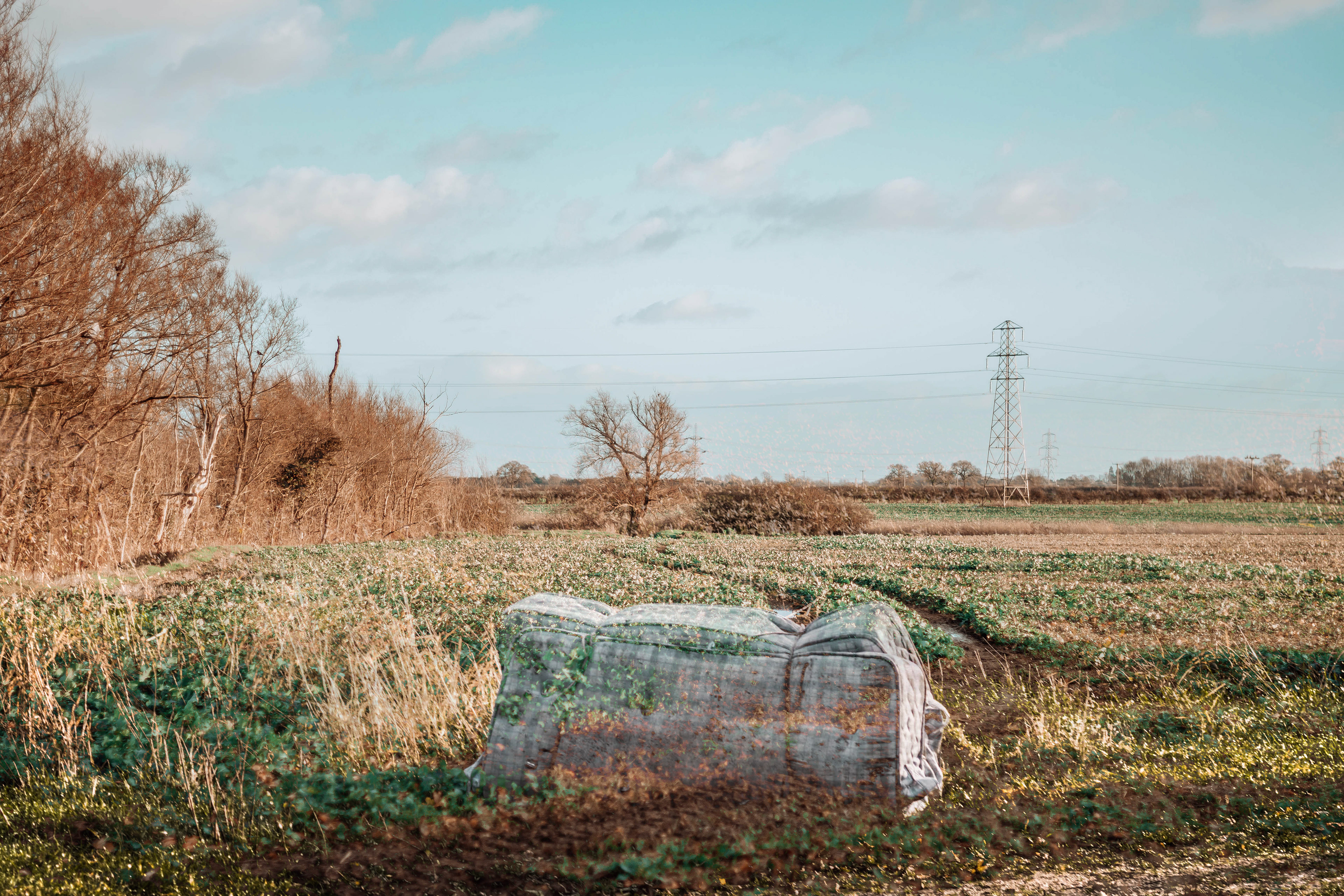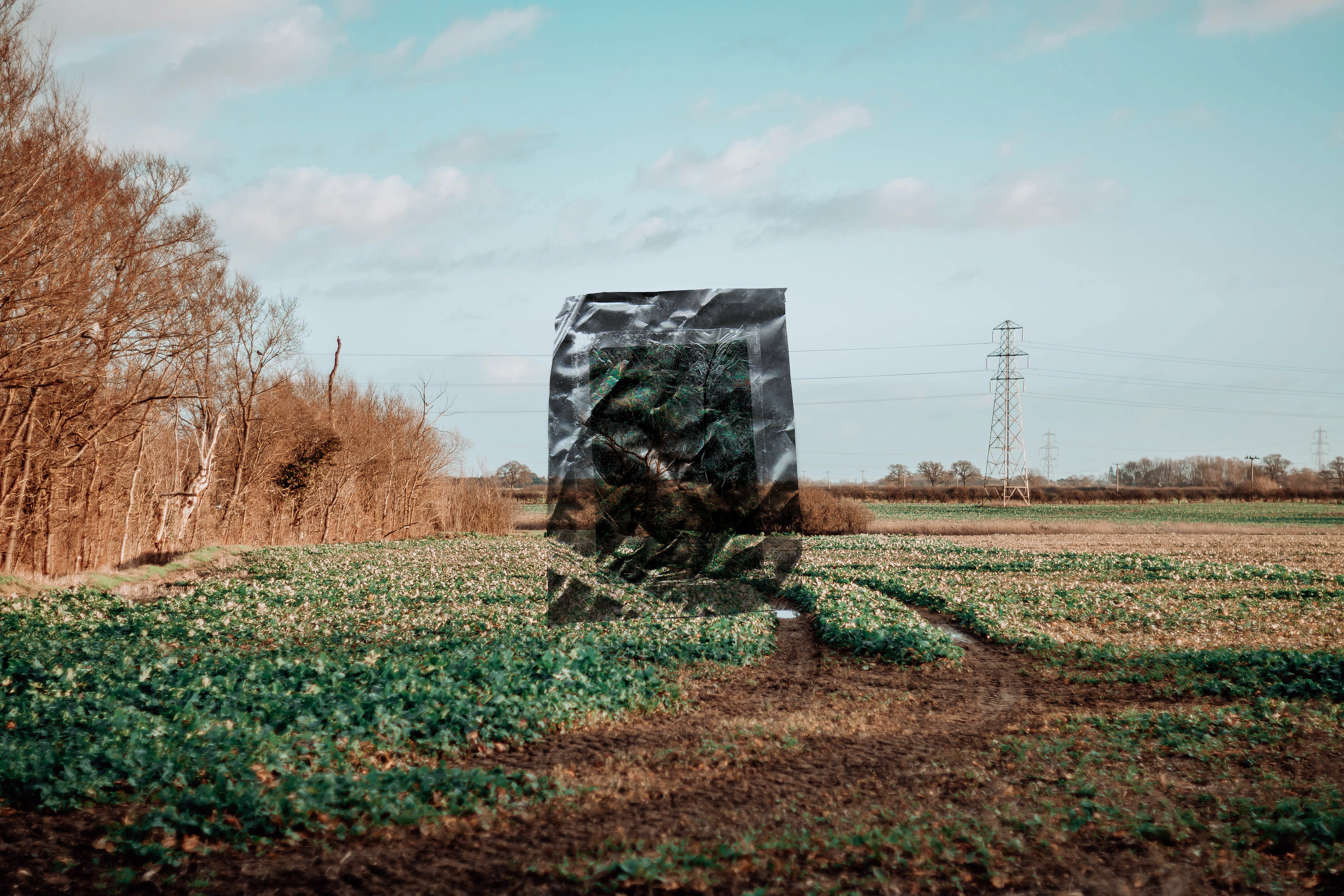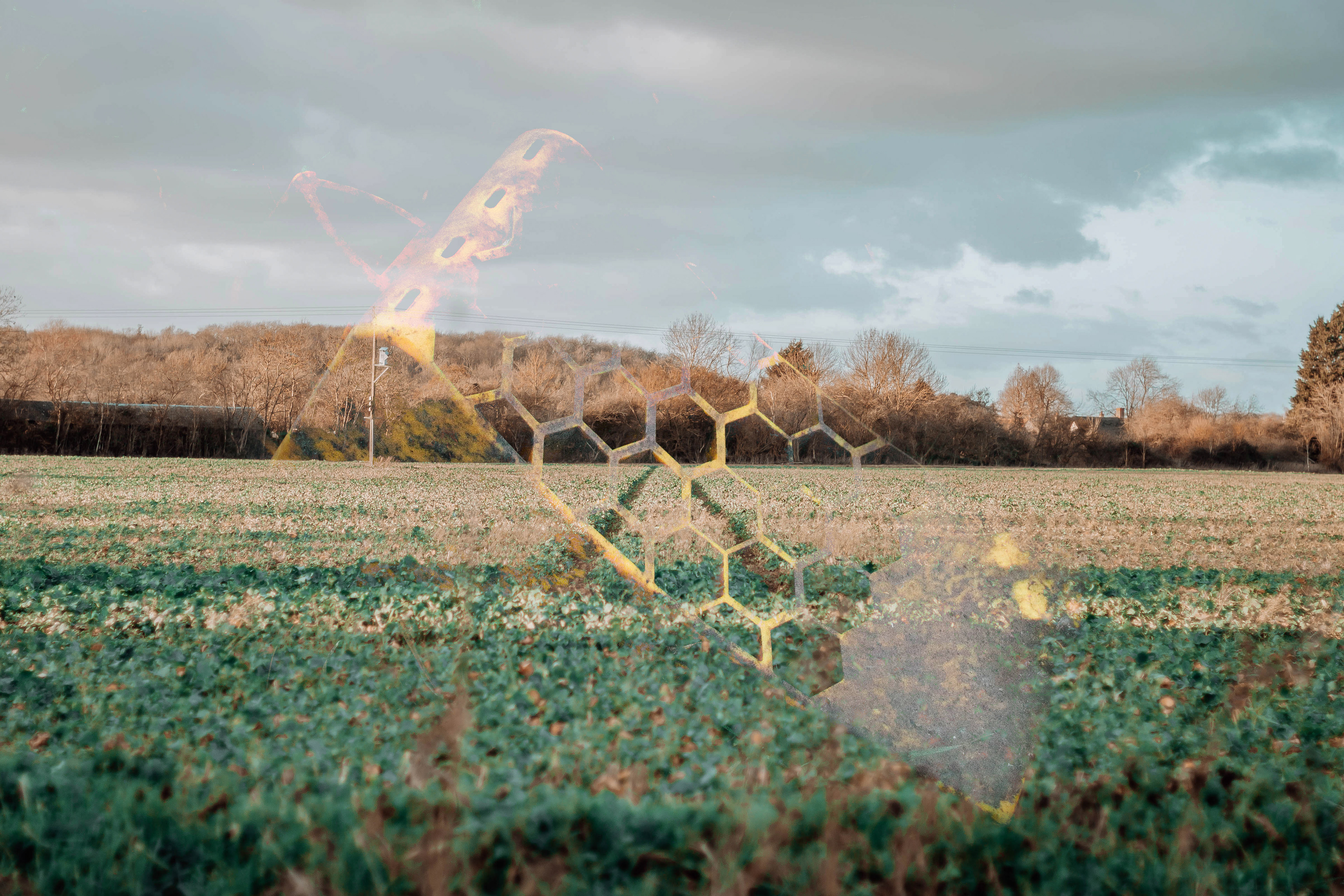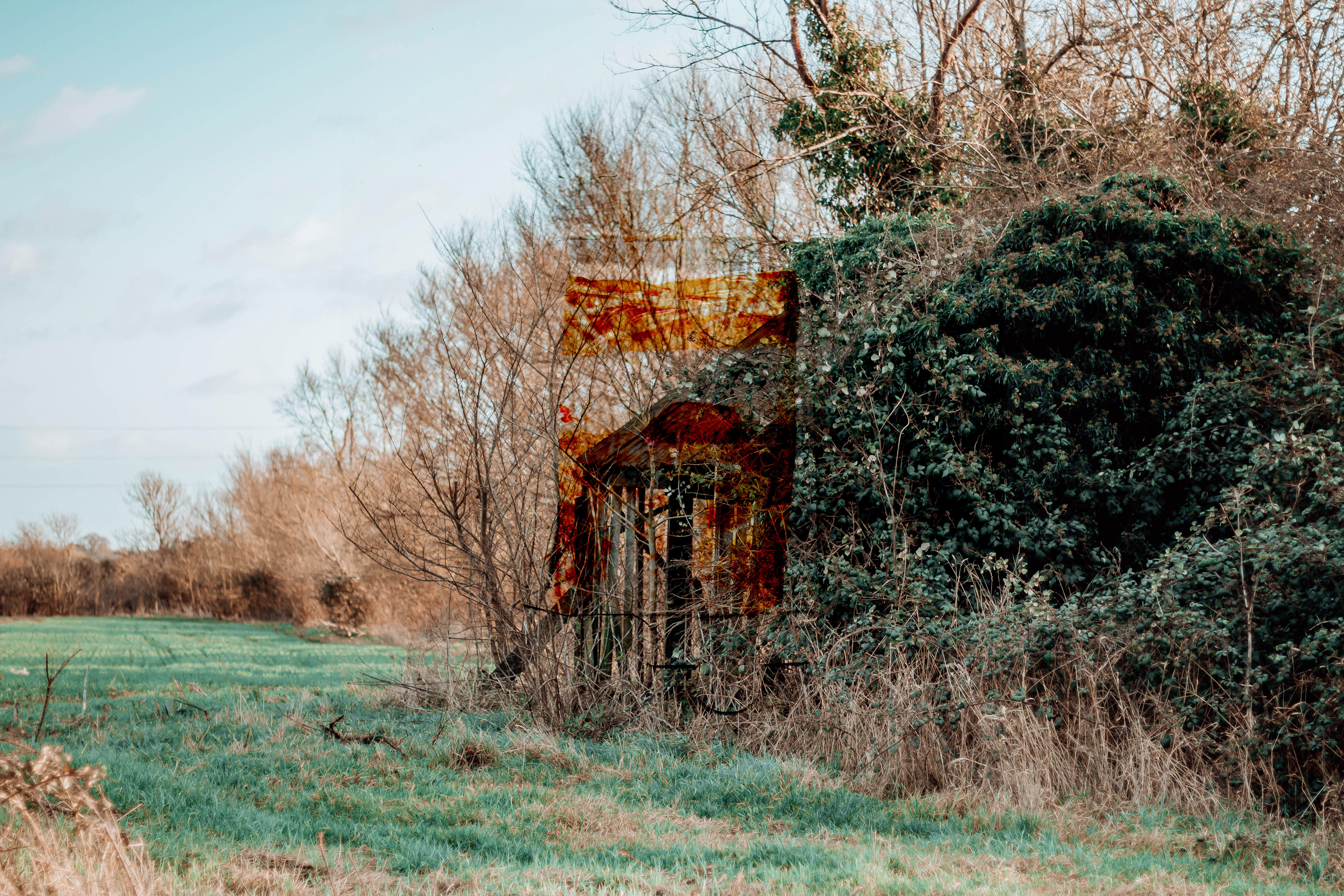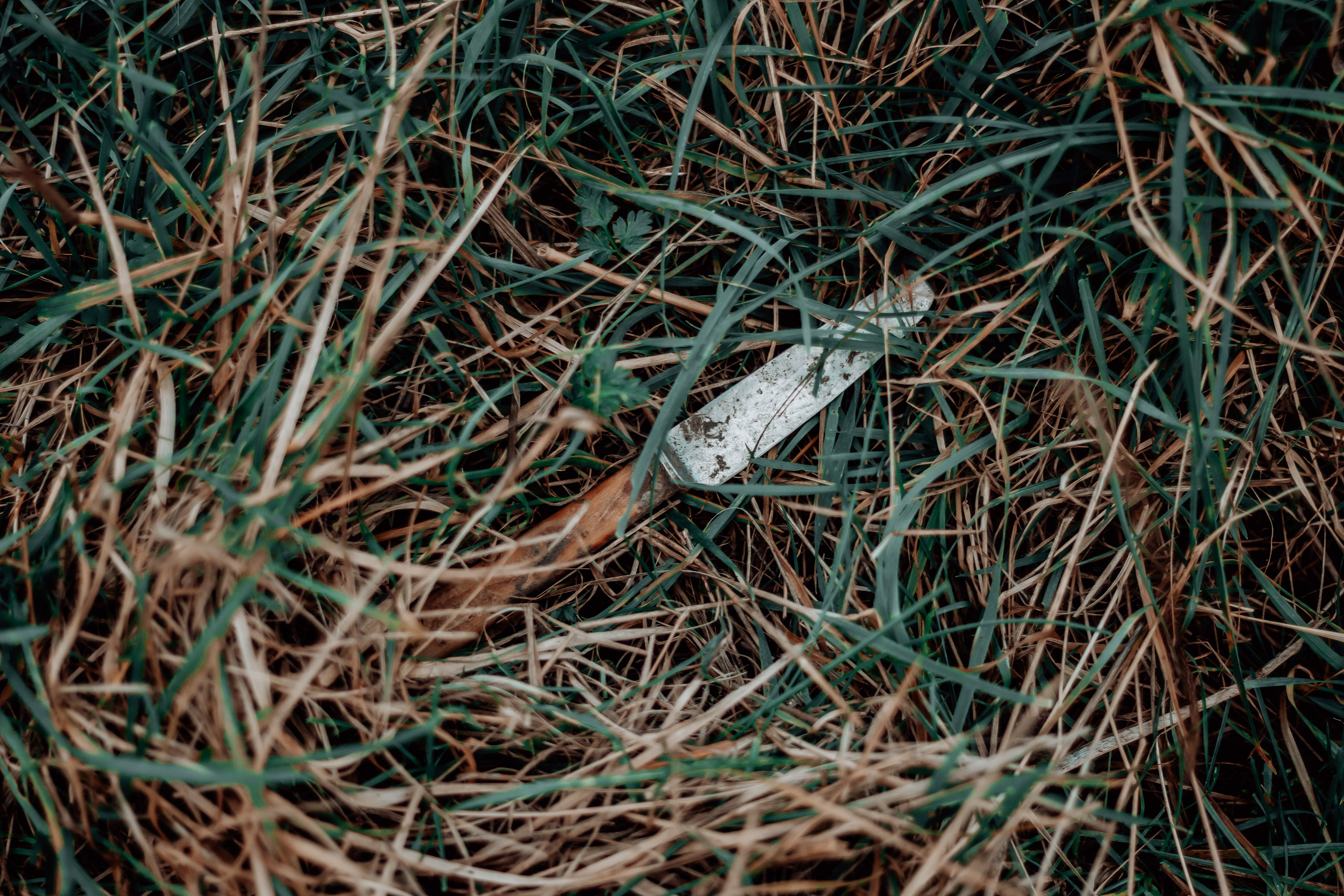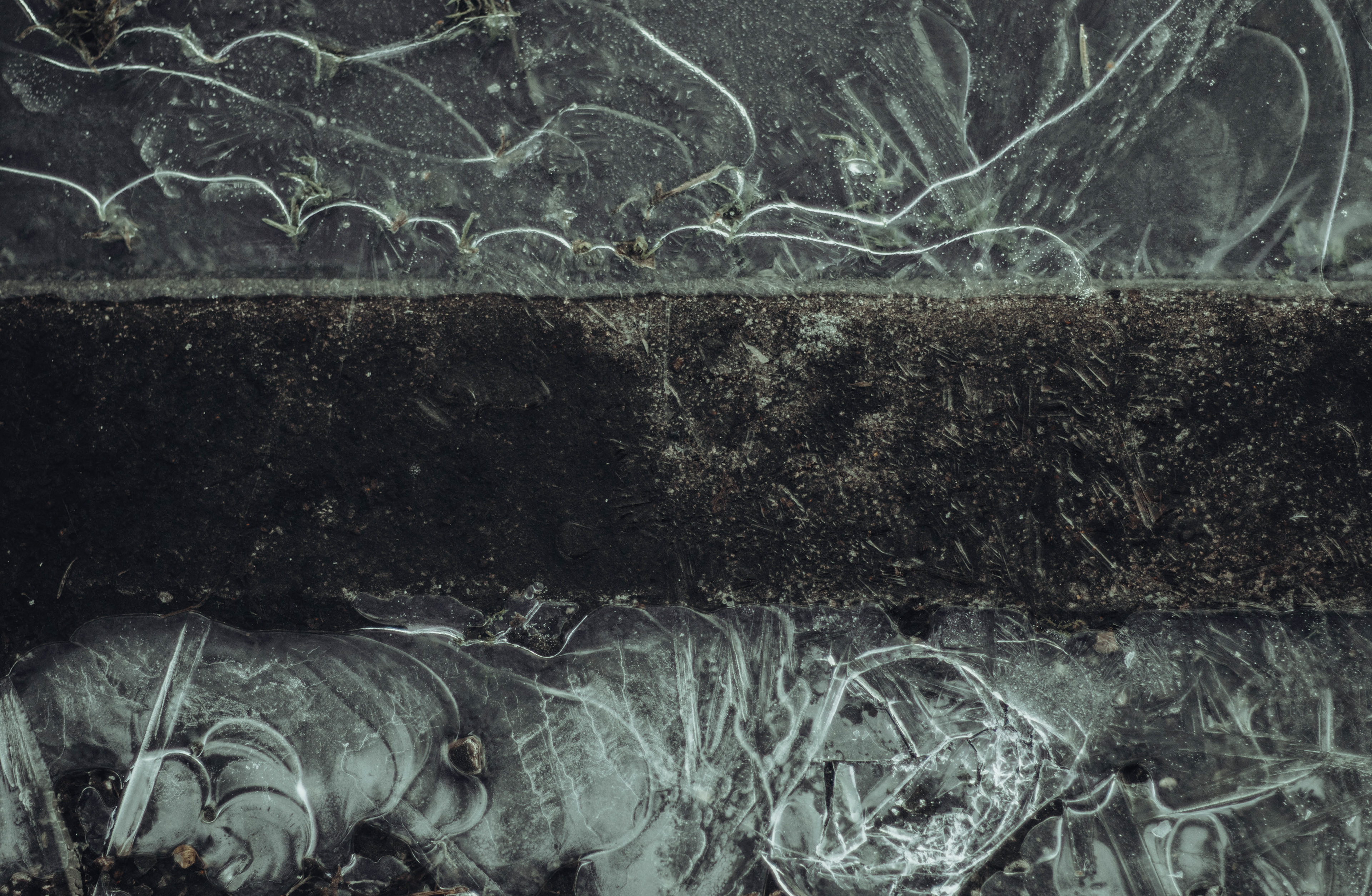CAGE LANE, PE19 5DB
“In order to re-imagine the place and impact of human beings in nature, we must start with where we find people.” (Hicks & King, 2007).
This project consists of documenting route of Cage Lane, Great Staughton in Cambridgeshire on a regular basis over the period of nine months. The project is site responsive, monitoring the relationship between the man-made object and the natural environment. This involved exploring a number of man-made objects, including litter, barns, gates and roads.
After a long period of experimentation and development within the project, I decided that the best way to represent this relationship was through layers. The layers were sometimes created by hand using tattoo transfer paper, or sometimes were made digitally. These layers form a barrier between the viewer and the romanticised landscape, making the objects hard to ignore; forcing the viewer to consider the relationship between the man-made and the landscape.
It is important to consider that although I refer to the landscape as being a natural environment, it is farmland which has been constructed and controlled by man. In this project, the ‘natural environment’ is that which grows from the earth rather than being constructed by man.
When monitoring the relationship, what became interesting to me was the way that nature claimed back space from the objects that had been left. It overgrows, wraps itself around it and almost tries to hide it.
Rather than creating art using paint, where the medium suggests representation rather than truth, a photograph holds semiotics of truth, an actual recording, therefore perhaps will be considered a more serious issue.
